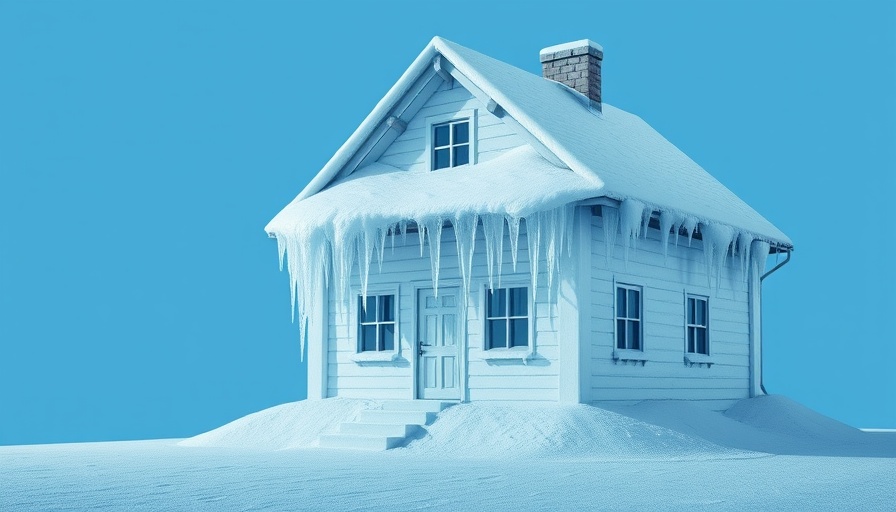
Beat the Heat: Innovative Ways to Keep Your Home Cool
As summer temperatures rise, homeowners are searching for effective ways to stay cool without depleting their bank accounts. With climate experts stating that summers are indeed getting hotter, exploring cost-effective cooling strategies can feel more relevant than ever. While air conditioning is a common solution, it often comes with rising electricity bills and maintenance concerns. Uri Pearl, a specialist in home insulation, emphasizes that homeowners can turn down the heat and save money by incorporating simple yet impactful strategies that reduce reliance on air conditioning.
Enhance Your Home's Insulation
One of the most crucial steps for maintaining a comfortable temperature year-round is proper insulation. According to experts like Pearl and heat pump specialist Phil Bickel, upgrading insulation can drastically lower energy bills. Insulation not only keeps your home warmer in the winter but also reduces heat transfer in the summer, creating a comfy living space. While insulation alone isn't a one-stop solution for summer heat, it lays the groundwork for more effective cooling strategies. Consider sealing windows, doors, and ducts to remove any gaps that may let warm air in.
Embrace the Power of Fans
Fans can be an indispensable tool for cooling your home. By installing ceiling fans and setting them to run counterclockwise, you create a refreshing breeze that can significantly enhance comfort levels. Pearl advises using bathroom and kitchen exhaust fans to evacuate warm air after cooking or showering. At night, strategically placing box fans in windows can pull cooler air inside while expelling the heat accumulated throughout the day. Together, these methods can create a comfortable airflow while consuming minimal energy.
Cook Smart: Avoid Daytime Heat
A significant source of heat can come from household appliances. To minimize indoor warmth, plan your cooking activities for the cooler evening hours. Instead of running the oven or clothes dryer, consider grilling outdoors or hanging laundry to dry outside. Avoiding peak temperatures not only enhances your cooling efforts but also helps lower energy consumption.
Utilize Nighttime Ventilation
Opening your windows at night allows for cooler air to flow through your home, promoting a cross-breeze. Bickel notes that this practice, known as night-flush ventilation, not only reduces indoor temperatures but can also improve sleep quality. However, it’s crucial to implement measures to prevent bugs from entering. Installing screens or positioning fans to blow outside can keep unwanted pests at bay.
Block Out the Sun
To prevent your home from becoming a greenhouse, consider using shades, curtains, or reflective window films to block out direct sunlight during peak hours. This not only helps lower indoor temperatures but also protects your furnishings from UV damage. The use of outdoor shading methods such as awnings or natural shade from trees can further reduce heat from entering your home.
Employing Sustainable Practices
Engaging in sustainable practices can also enhance your capacity to keep cool while saving money. Transitioning to energy-efficient appliances, utilizing natural ventilation, and embracing outdoor living can all contribute to a more sustainable lifestyle as well. On average, homes that adopt these eco-friendly changes can experience a significant decrease in energy costs, making them easier on both the wallet and the planet.
Staying Cool Throughout the Year
Integrating these tips into your daily routine can not only provide immediate relief from the heat but also foster long-term savings and sustainability. Staying aware of energy consumption, shiny new technologies, and natural cooling methods can prepare you for a climate that continues to warm, all while keeping your home a comfortable sanctuary. As a community, we can adopt these energy-efficient practices that benefit our wallets and the environment.
Now that you have the knowledge and ideas on how to keep your home cool efficiently this summer, take action and implement these strategies. Not only will you be able to enjoy a more comfortable living space, but you will also be contributing to a more sustainable future.
 Add Row
Add Row  Add
Add 




 Add Row
Add Row  Add
Add 

Write A Comment